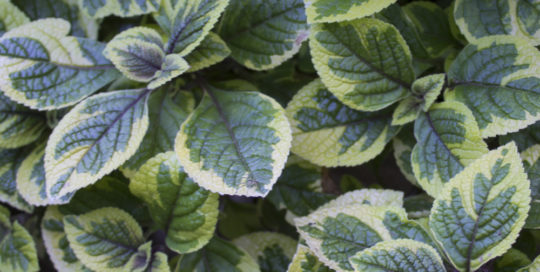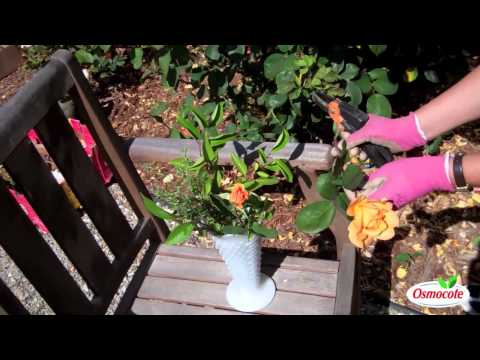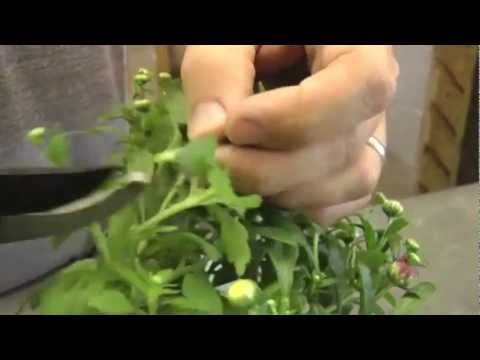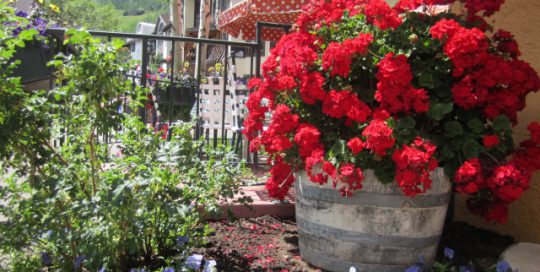Blooms to Buy
Proven Winners brand has offered interspecific types for the past few years; their focus is on blooms that keep the plant colorful all summer long.
“Geraniums continue to be popular with many gardeners because of their ease of care, and bursts of color all summer long,” said Jeanine Standard of Proven Winners. “We recommend full sun for these beauties.”
Top 6
- Geranium Timeless™ has a slightly cascading habit and is available in many different colors from the traditional red to orange and several shades of pink. It is heat tolerant and works well by itself in containers or in combination with other plants with medium vigor. New this year is Timeless ‘Lavender’, which joins ‘Fire’, ‘Orange’, ‘Pink’ and ‘Rose’.
- Geranium Boldly™ is a new series in the Proven Winners® line-up. Boldly™ plants have a mounded habit. They are also heat tolerant and are perfect for mixing in pots with other medium vigor plants. Varieties also include ‘Burgundy’, ‘Dark Red’, ‘Hot Pink’, ‘Lavender Rose’ and ‘Scarlet Fire’.
- Geranium Calliope® ‘Medium Dark Red’ is a 2017 All America Selections Winner—with an outstanding deep red velvety flower color and great branching habit, it was unmatched in the AAS Trials when compared to other market varieties. Other colors in this series include ‘Burgundy’, ‘Lavender Rose’, ‘Hot Pink’, and ‘Scarlet Fire’.
- Geranium Caliente® is a series known for its heat tolerance. Caliente’s leaves reflect its ivy-zonal geranium parentage with their deep green color and lobed, ivy shape. It is an interspecific hybrid that includes ‘Orange’, ‘Pink’, ‘Dark Rose’ ‘Coral’, ‘Hot Coral’, ‘Lavender’, ‘Rose’ and ‘Fire’ in its color mix.
- Geranium Brocade series includes two varieties that hold the All America Selections award for 2016. Brocade ‘Cherry Night’ has large cherry pink semi-double blooms and bi-colored leaves of bronze and green. The heat-tolerant winner works in either pots or in the ground. Brocade ‘Fire’ has bicolor foliage and a nonstop display of semi-double orange flowers. It works well for combination planters, landscapes, and garden beds. Other varieties include Brocade ‘Fire’, Brocade ‘Fire Night’ and Brocade ‘Salmon Night’.
The Process
According to Angela Mekjian, Product Manager for Dummen Orange, it takes about five years to go from hybridization to introduction. “We are always looking for ways to make our introductions more valuable to more gardeners, and look for genetics that will be easy to care for,” she explained. “Not all combinations work but the ones that do are magic.”
Some of the most magical introductions in Pelargoniums for Dummen Orange has been the Brocade series. All of them feature bicolored leaves and big, bright flowers. Mekjian stresses the importance of trialing the plants before introduction. Scientists test varieties all over the world. “They’ve won a lot in the All America Selections trials because they perform well through heat and humidity trials,” she said. “They have a broad range of conditions they can contend with. Succulents are popular for the same reason, but there is something so nostalgic about that spicy geranium scent.”
Pelargonium Classification:
- Zonal Pelargoniums (Pelargonium x hortorum) mostly bush type plants grown for the beauty of their flower and often the one most confused by being wrongly named ‘Geraniums’ particularly in summer bedding arrangements etc. Often made worse by the fact that Americans still widely use this incorrect naming. – The Pelargonium and Geranium Society
- Fancy Leaf cultivars: pelargoniums whose leaves are not the normal solid green color.
- Specialty and Unusual Flowered: based on flower types, categories include Bird’s Egg, Rosebud, Paint Box, Cactus Flowered, Cascade, New Life Group, Tulip Flowered, and Uniques.
- Stellar and Formosum Hybrids: hybrids of unknown origin; the Stellars with star-shaped foliage and flowers with pointed, variable-sized petals; Formosum hybrids have heavily divided leaves and multi-petaled flowers arranged like a daisy.
- Regals: The showiest in the family, with flowers resembling Azaleas, Regals don’t do well in heat and humidity.
- Angels: hybrids of unknown parentage, but similar in flower form as the Regals, Angels fell out of fashion but are gaining popularity once again. Within the classification are the pansy-face cultivars, whose flowers resemble pansies.
- Ivy Leaf: owing its trailing habit to P. peltatum, a South African species, ivy Pelargoniums have shiny, stiff leaves and lack tendrils, so they are not self-supporting.
- Scented Leaf: a wide range of plants with scented leaves; flowers are small and not as decorative.
- Species and species hybrids










